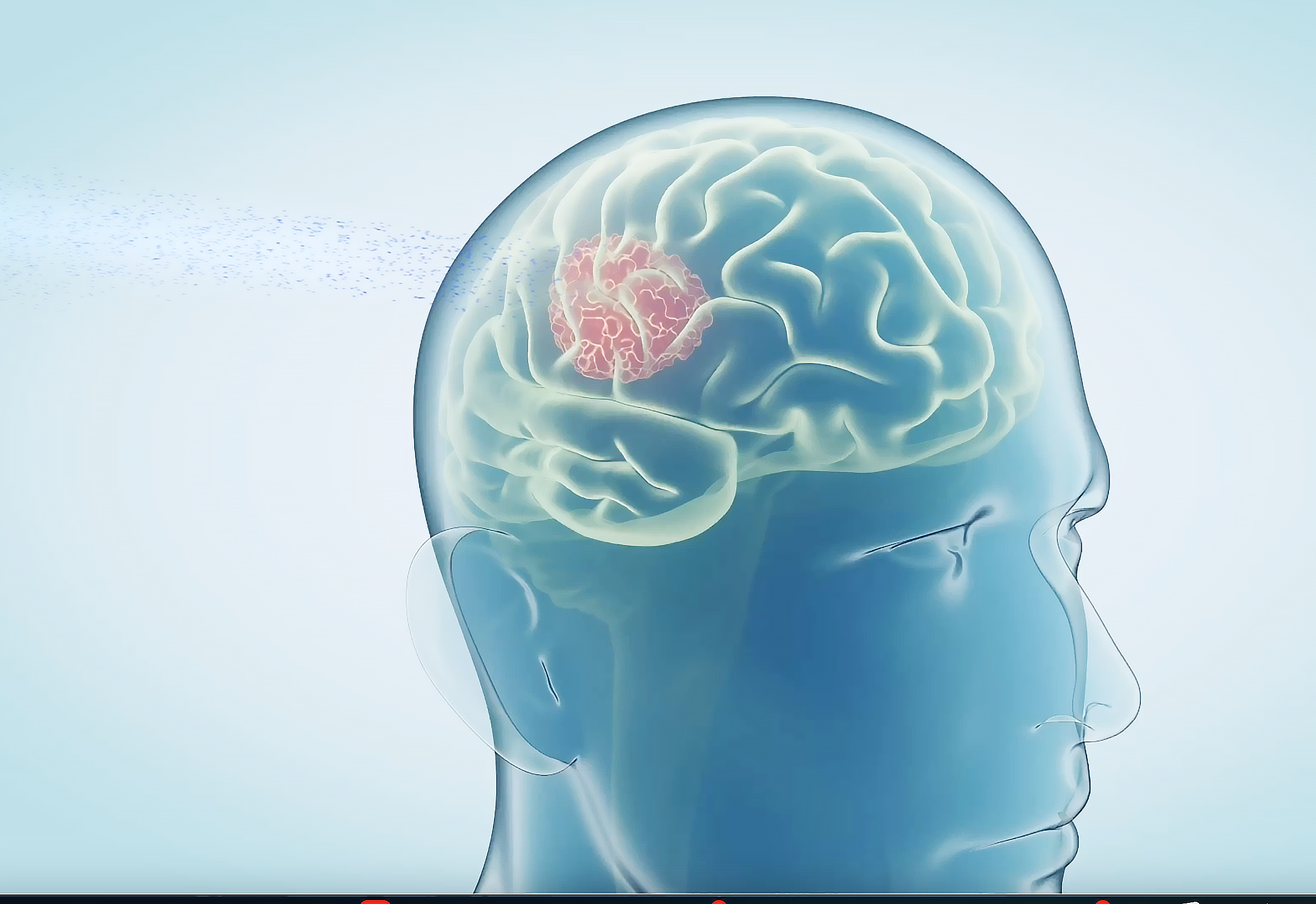
Appropriate amino acids can improve the effectiveness of therapy for hard-to-reach cancers
28-12-2023
In the study, the results of which have just been published in the journal "Molecules", scientists have shown that exposing non-small cell lung cancer cells to appropriately selected amino acids can increase the effectiveness of radiotherapy based on local emission of alpha radiation by neutron-activated boron. The so-called BNCT therapy is mainly used to treat particularly sensitive organs, e.g. the brain. The first author of the work is a doctoral student of RadFarm studies conducted at NCBJ.
Boron-neutron therapy (BNCT) is a type of radiotherapy that uses boron-containing particles to destroy cancer cells. Boron is a chemical element, certain compounds of which tend to accumulate in cancer cells. When nuclei of the boron isotope B-10 are exposed to neutrons of appropriate energies, they absorb them and then fission, emitting, among other things, alpha radiation. This radiation is short-range and, in the vicinity of the emission site, damages the DNA of the cancer cells, causing their death. BNCT therapy is used to treat a variety of cancers, including brain cancer, thyroid cancer and skin cancer. Although BNCT is still in clinical trials, it has already been shown to be a particularly effective therapy for treating cancers that are difficult to treat with other methods such as X-ray radiotherapy or chemotherapy. The development of BNCT therapy is being carried out at a number of research centres, including the National Centre for Nuclear Research (NCBJ).
The idea behind the research by a group of Polish scientists from the Medical University of Warsaw, the University of Warsaw and the NCBJ was to test whether prior administration of appropriately selected amino acids to diseased and healthy cells could increase the uptake of the amino acid compound boron by the former, while not altering the uptake of boron in healthy cells. Such an effect would be very beneficial, as the more boron - and consequently the more alpha radiation emission - in diseased cells relative to healthy cells, the safer and more effective the therapy can be.
The first author of the paper, published on 10 September in the prestigious journal Molecules, is Emila Balcer, M.Sc., a doctoral student in the RadFarm study conducted at the NCBJ. "We used two types of cells in an in vitro study: human non-small cell lung cancer cells, A549, and normal lung fibroblasts from a Chinese hamster, V79-4," explains the researcher, who made a fundamental contribution to all stages of the study starting from its conception and is currently preparing to defend her PhD thesis based on the results. "Cells were first exposed to L-phenylalanine or L-tyrosine. After one hour, they were exposed to 4-boron-L-phenylalanine (BPA), which is a boron-containing compound used in BNCT clinical trials. We investigated the boron content of the amino acid-treated and reference cells by an analytical method using inductively coupled plasma mass spectrometry, ICP-MS, and ICP-MS with a module that allows elemental analysis in single cells (SC-ICP-MS), which are available at the Centre for Biological and Chemical Sciences, University of Warsaw."
The results obtained are very significant. They suggest that pre-administration of L-tyrosine can increase BPA uptake in cancer cells, but also in healthy cells. At the same time, L-phenylalanine was found to increase BPA uptake in healthy cells. "Our results signal that there is an effect of L-amino acids on BPA uptake in both cancer and normal cells. The analytical method we have developed may help to better understand the mechanisms of action of boron compounds and to develop more effective therapeutic strategies, but further studies are needed to confirm these results and to characterise in more detail the mechanisms at work here," concludes Emilia Balcer, M.Sc.
Supplementary information:
- The RadFarm interdisciplinary doctoral programme was developed based on the Ministry of Science and Higher Education document "Development of doctoral programmes with differentiated profiles". It received funding as a project within the NCBiR POWER competition.(POWR.03.02.00-00-I009/17-00; Radiopharmaceuticals for molecularly targeted diagnosis and therapy, RadFarm). The National Centre for Nuclear Research, the Institute of Chemistry and Nuclear Technology, the Medical University of Warsaw and the University of Warsaw are participating in the project.
- Mass spectrometers used in the research were: NexION 300D (ICP-MS) installed at the UW's Centre for Biological and Chemical Sciences and NexION 2000 (SC-ICP-MS) in cooperation with Pro-Environment Polska Sp. z o.o..
- At the National Centre for Nuclear Research, a site for BNCT research has been in preparation for several years. Final work is currently being carried out in the MARIA reactor in the H2 horizontal duct, and when completed next year it will be possible to irradiate samples (including biological samples) with a beam of thermal neutrons coming from the research core of the Świerk nuclear reactor. Thanks to the neutron converter, a beam of epithermal neutrons with an energy spectrum similar to that used in BNCT therapy centres will be available to scientists. This will allow work related to beam characterisation methods for neutron therapies, dosimetry, boron chemistry or radiobiology.
Read more at https://www.ncbj.gov.pl/optymalizacja-wiazki-neutronowej-do-badan-terapi...
Original publication:
Investigation of the Impact of L-Phenylalanine and L-Tyrosine Pre-Treatment on the Uptake of 4-Borono-L-Phenylalanine in Cancerous and Normal Cells Using an Analytical Approach Based on SC-ICP-MS,
Emila Balcer i inni,
Molecules 2023, 28(18), 6552; https://doi.org/10.3390/molecules28186552
Animation - How BNCT therapy works:






